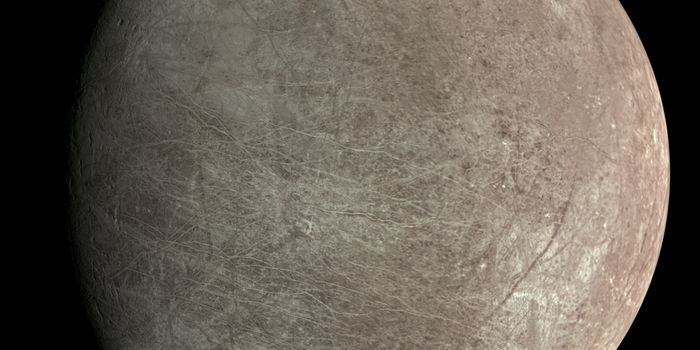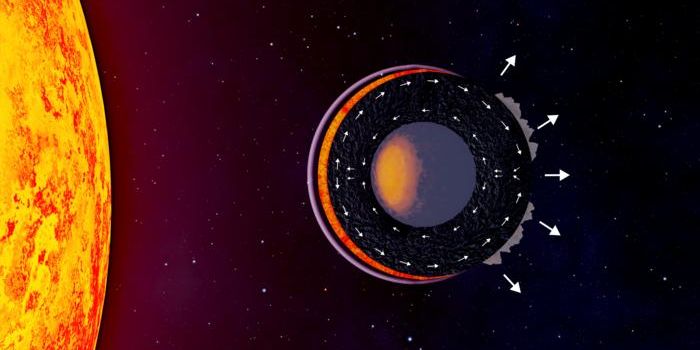NASA Adjusts Artemis Schedule, Targets September 2025 for Artemis II and September 2026 for Artemis III
In an unfortunate setback to NASA’s Artemis program, the space agency announced this morning that the Artemis II mission, which was originally scheduled for November of this year, has been postponed until September 2025, which also pushes back the Artemis III mission to September 2026. The Artemis II mission, which is slated to be the first crewed mission to the Moon since Apollo 17 in 1972, is still slated to carry astronauts Reid Wiseman (NASA), Victor Glover (NASA), Chrsitina Koch (NASA), and Jeremy Hansen (Canadian Space Agency), with the crew still involved with heavy training as they prepare for the historic mission.
This news unfortunately comes after NASA announced the United Arab Emirates will be providing the airlock for the Lunar Gateway, which will be space station in orbit around the Moon used to ferry astronauts to and from the lunar surface.
The reason for the delays is due to further testing of hardware and spacecraft systems to ensure the safety of astronauts on future missions, which includes addressing concerns from the Orion capsule found during the Artemis I mission in November 2022, along with concerns about Orion’s heat shield, which teams discovered pieces of char layers that were lost during re-entry, and investigations are still ongoing. The heat shield is responsible for protecting the Orion capsule from the extreme temperatures during Earth re-entry.
“Artemis is a long-term exploration campaign to conduct science at the Moon with astronauts and prepare for future human missions to Mars,” said Amit Kshatriya, who is the deputy associate administrator of Exploration Systems Development, and manager of NASA’s Moon to Mars Program Office. “That means we must get it right as we develop and fly our foundational systems so that we can safely carry out these missions. Crew safety is and will remain our number one priority.”
Concerns for Artemis III, which is slated to be the first crewed lunar landing since 1972, could be further exacerbated since they are slated to use SpaceX’s Starship for their human landing system, which has only launched twice and was intentionally destroyed in midflight both times.
Despite these setbacks, NASA remains committed to the Artemis program’s objectives of landing the first woman and person of color on the lunar surface, with landings planned to occur near the south pole of the Moon due to the potential water-ice deposits that exist within deep craters that haven’t been exposed to sunlight in potentially billions of years.
Will these mission schedules be held, and what will the Artemis missions teach us about living and working on the Moon in the coming years and decades? Only time will tell, and this is why we science!
As always, keep doing science & keep looking up!
Sources: NASA, NASA (1), NASA (2), NASA (3), NASA (4), Labroots, NASA (5), SpaceX, NASA (6)
Featured Image: NASA








